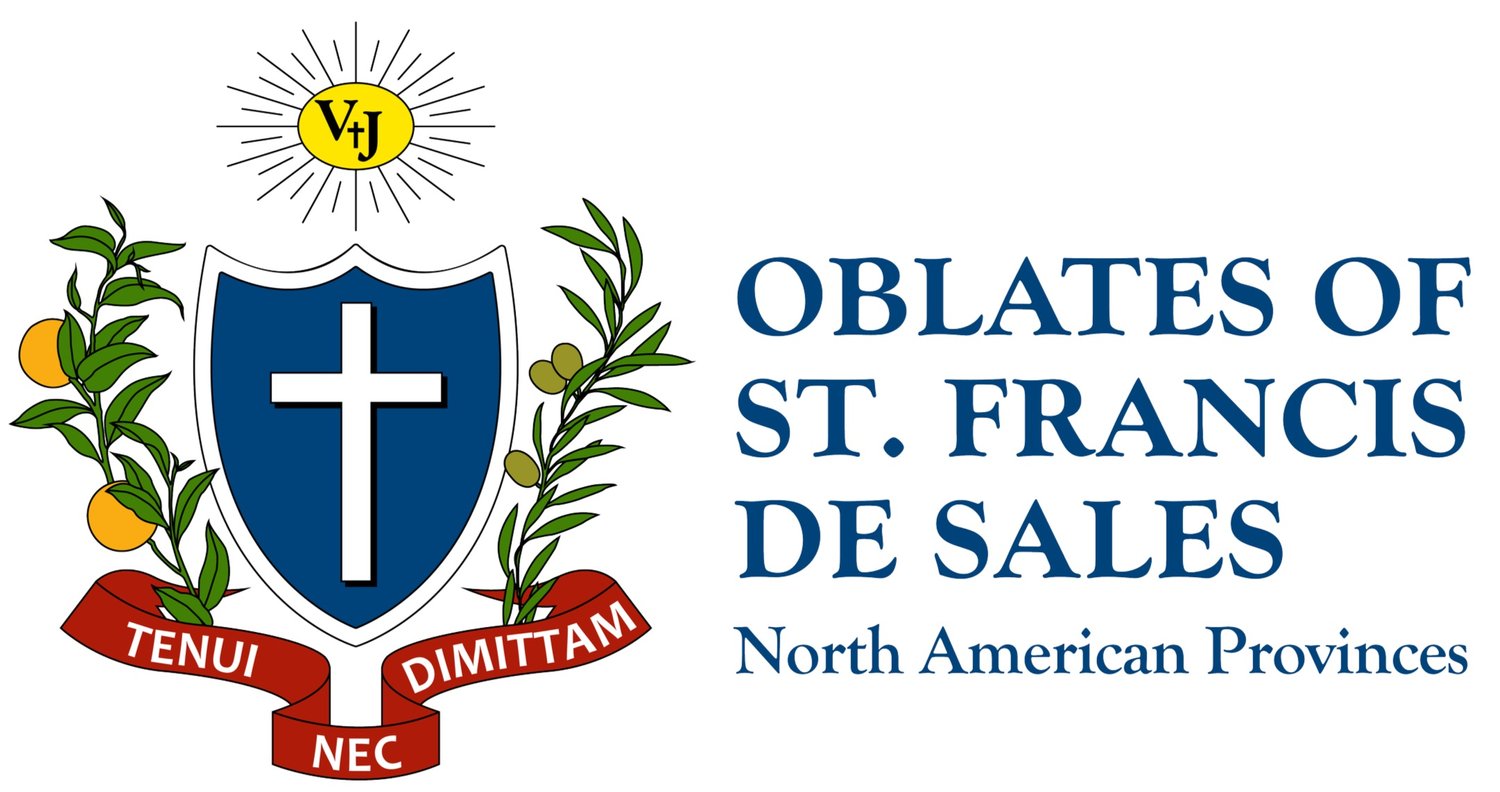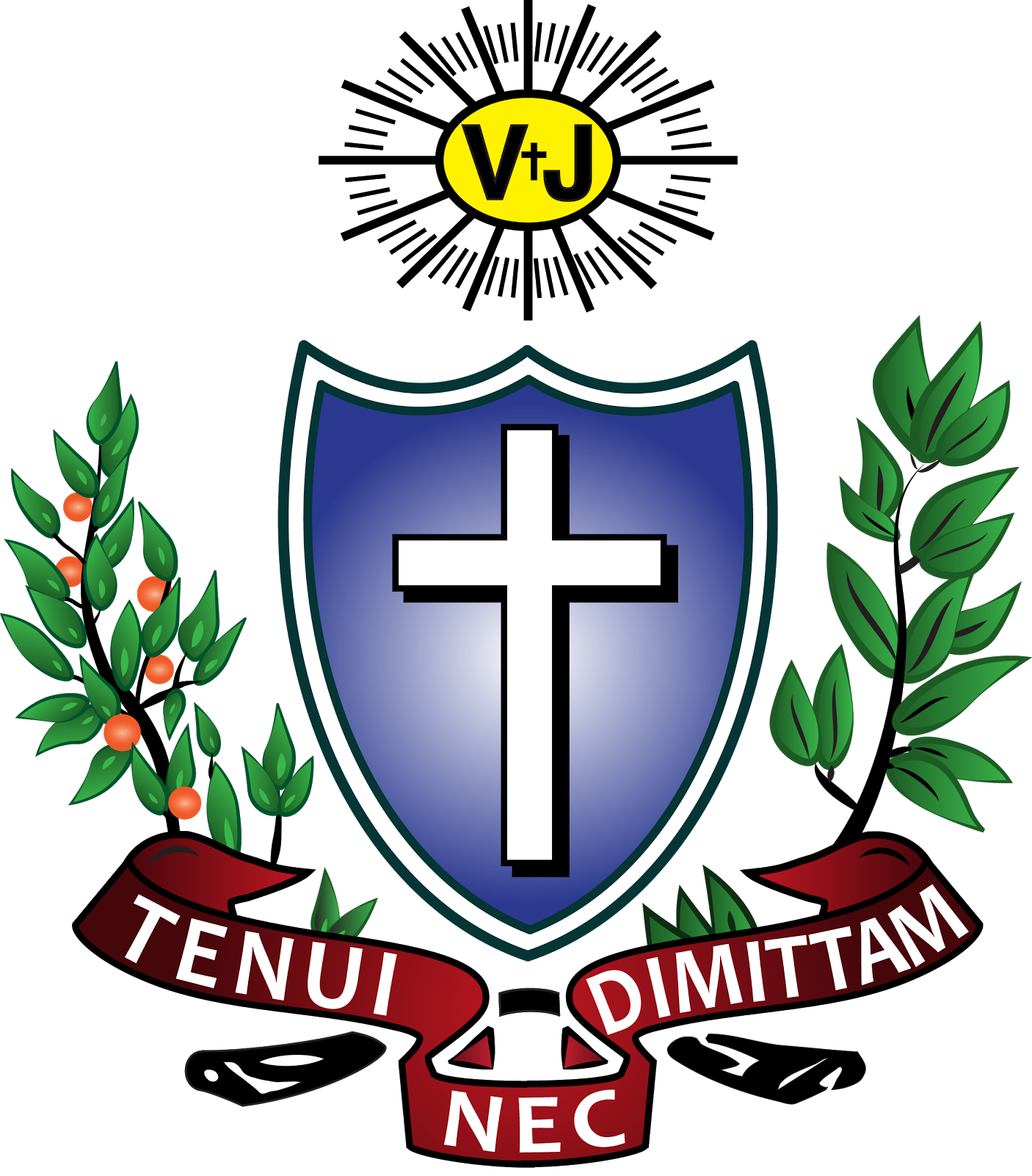Pilgrimage to Scotland
As the Oblate apostolate, St. Margaret of Scotland Parish in Newark, DE celebrates its 25th Anniversary year parishioners are enjoying many ways to celebrate this special event. As part of the celebration, Pastor Fr. Ed Ogden, OSFS, traveled across Scotland with parishioners on a tour and pilgrimage to honor the legacy of their patron and experience her country's culture and history. The group bonded through faith, fellowship, and adventure throughout their ten-day journey.
Below is Fr. Ed’s account of their travels. Perhaps his reflection inspires you to learn more about St. Margaret, join a pilgrimage at your parish, or even organize your own travel to the land of your favorite saint!
25th Anniversary Pilgrimage to Scotland
September 1-10, 2024
Glasgow (Day 1): Our first day was mostly a travel day from London to Glasgow, Scotland, the Victorian capital city. After arriving at the Maldron Hotel, we visited the National Piping Center for a demonstration and beautiful music from a young Scottish bagpiper. We had a lovely welcome dinner at the Center’s farm-to-table restaurant.
When Bishop Saltarelli was discerning the name for our parish with Monsignor Hopkins, the founding pastor, the connection was made that since the parish was to be established in the Glasgow area in Delaware a good name for the new parish would be St. Margaret of Scotland.
Oban (Day 2): Today we covered a lot of territory by bus enjoying the fantastic scenery of the landscape of Scotland. Our first stop was the inlet city of Oban, known as “Gateway to the Isles.” We enjoyed some local culture for lunch and then the group had a choice to see either a tour of McCaig’s Tower or the Dunollie Castle, museum, and grounds. Our lodging for the next two days was at a remote countryside hotel in Ballachulish situated on the lovely Loche Linnhe.
Isle of Skye (Day 3): The population of Scotland is estimated to be 5.4 million comparable to the size of South Carolina or Maine. Today the pilgrims experienced the beauty of the Isle of Skye, the largest and northernmost of the major islands in the Highlands of Scotland.
Loch Ness (Day 4): Today we visited a fascinating town called Fort Augustus, which is at the southern tip of Loch Ness named after an 18th-century military commander. There is a magnificent flight of locks at the Caledonian Canal Visitor Centre. We stopped for a quick visit to the Commando, a memorial for the officers and men of the Commandos who died in the Second World War. This area is located at the foot of the largest mountain (called Ben) in Scotland. We took a ferry across the Loch Ness. The Loch Ness Monster also known as Nessie, is a mythical creature in Scottish folklore that is said to inhabit Loch Ness.
Orkney Island (Day 5): We took a ferry boat ride to Orkney Island, a site of strategic importance in the First and Second World Wars and we saw several attractions related to these points in history, such as the Churchill Barriers that were built to keep naval shipping secure from submarines. We saw the Stone Village of Skar Brae, which was hidden from history until a storm exposed it once again to the world in 1850. One beautiful site was the 12th-century St. Magnus Cathedral in the Centre of the town of Kirkwall where we had lunch and did some shopping. Perhaps the most significant experience of the day was the visit to the Italian Chapel pictured above with the pilgrims.
Inverness (Day 6): Today we traveled from Thurso to Inverness, and on the way, we made two stops, first to the Dunrobin Castle, a majestic castle that dates to the 1300’s and then to the site of the powerfully emotive battlefield of Culloden where the Jacobite Rising came to a tragic end. By late afternoon we arrived in the city of Inverness, the largest and capital city of the Highlands. Our day concluded with Mass at St. Mary’s Catholic Church, shopping, and dinner at our hotel.
Dunfermline (Day 7): Today is the highlight of our trip and the reason we came to Scotland. We visited several sites in Dunfermlinerelative to St. Margaret: St. Margaret Memorial Church which contains her relics under the altar, the Dunfermline Abbey, which Margaret founded the Benedictine community in 1072, and after her death her son St. David named it an Abbey. The remains of St. Margaret of Scotland are outside the rebuilt 19th-century Abbey Church, and we visited the cave where St. Margaret often prayed. Before the relics of St. Margaret, Fr. Ed led the pilgrims in prayer and remembered the intentions of every parishioner at St. Margaret of Scotland parish.
Edinburgh (Day 8): Our final day was spent in the city of Edinburgh with a visit to the Castle of Edinburgh and the St. Margaret’s Chapel, the former private chapel of Scotland’s royal family, which St. David built and named for his mother. We had a special treat to experience a 21-gun salute to King Charles on the second anniversary of his succession to the throne. Pictured here is a relic of St. Margaret of Scotland: “O God, who made St. Margaret of Scotland wonderful in her outstanding charity towards the poor, grant that through her intercession and example, we may reflect among all humanity the image of your divine goodness. Through Christ our Lord. Amen.”
Fr. Ed Ogden, OSFS
Pastor
St. Margaret of Scotland Parish, Newark, DE
Learn more about the Oblates







